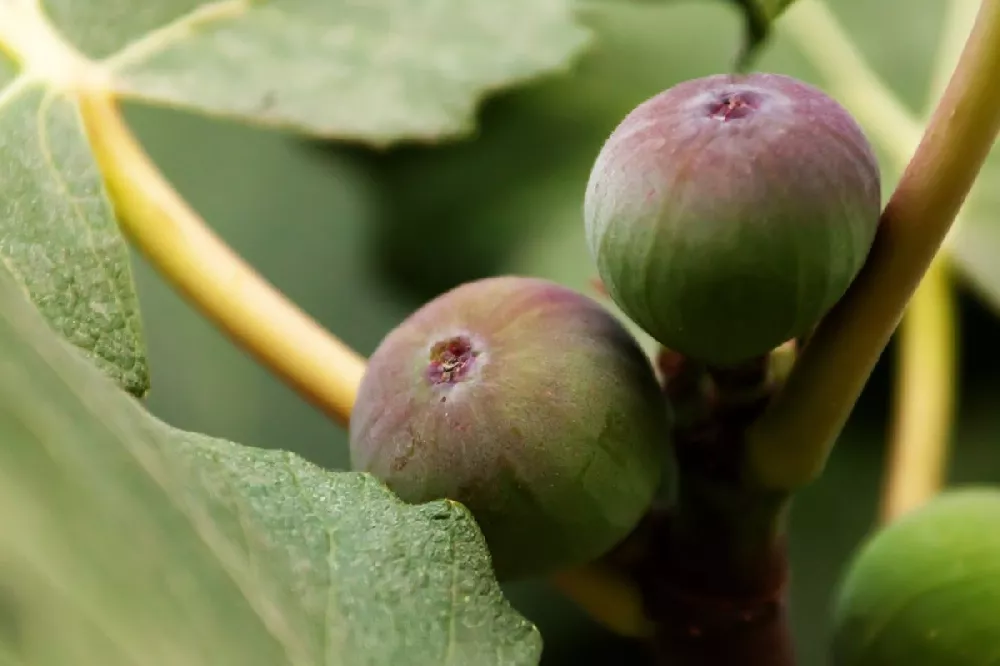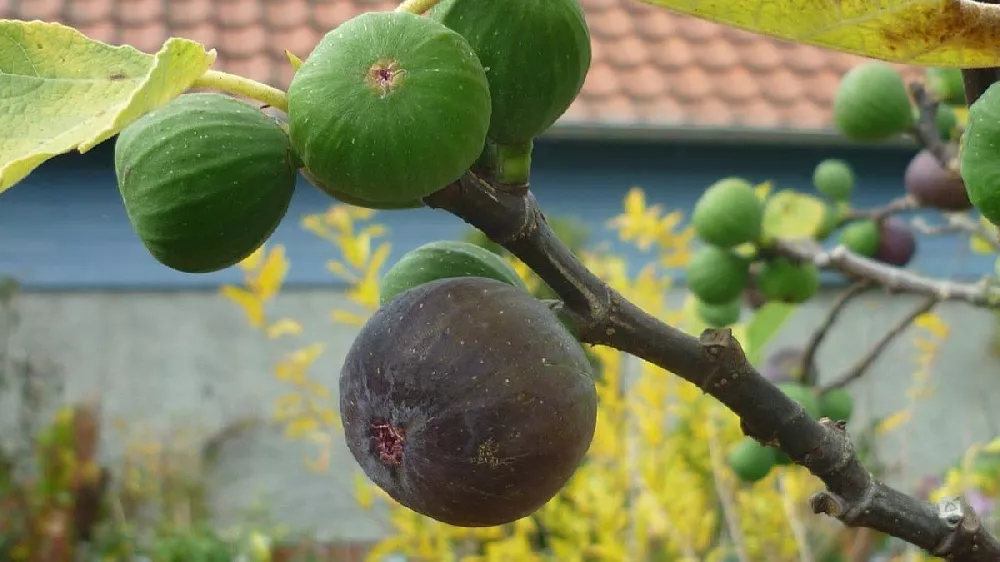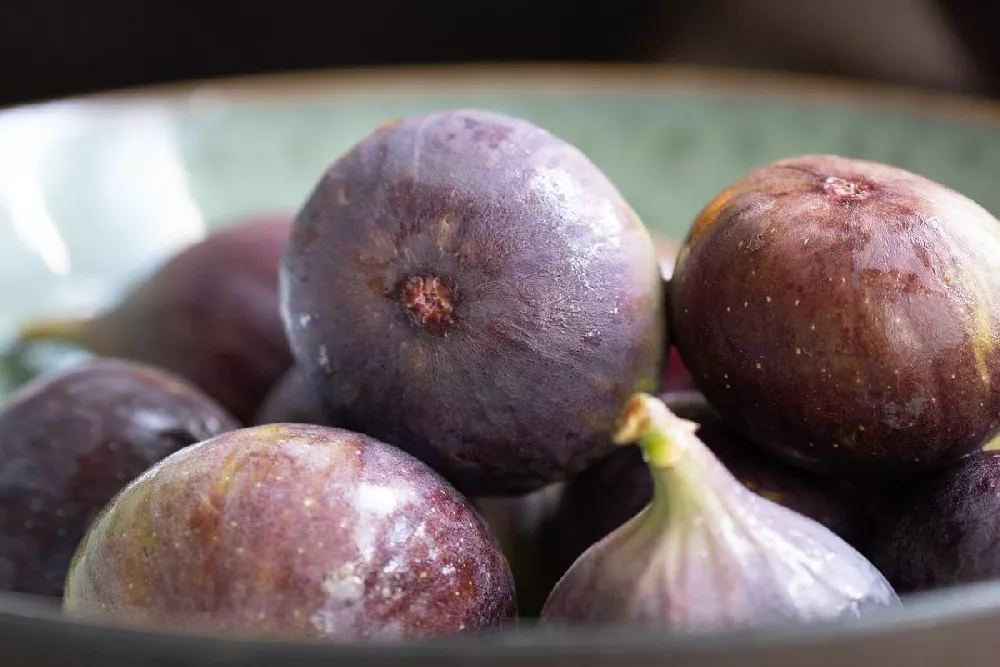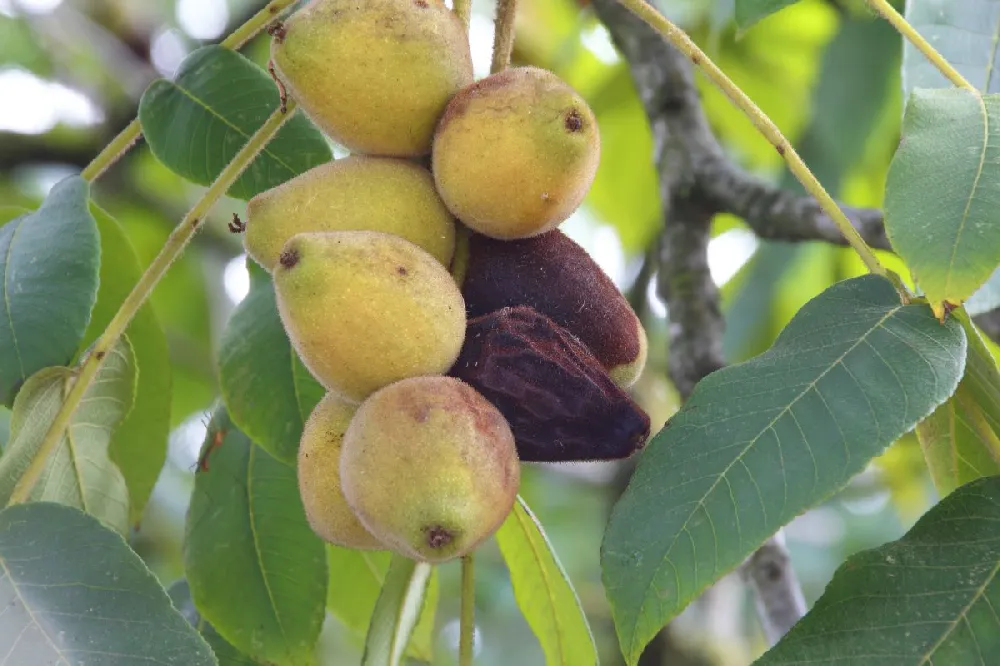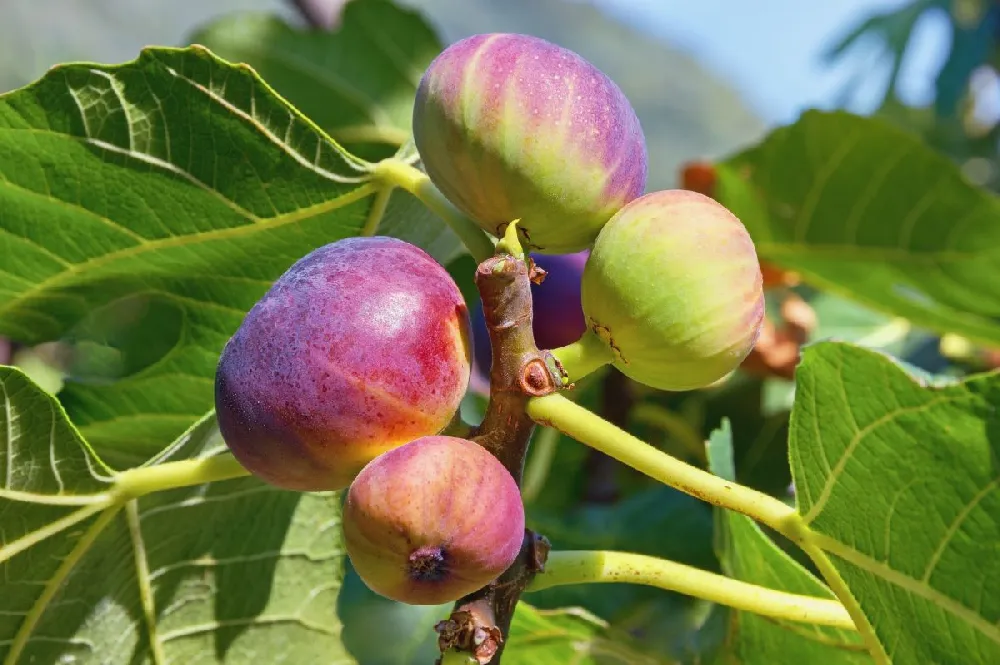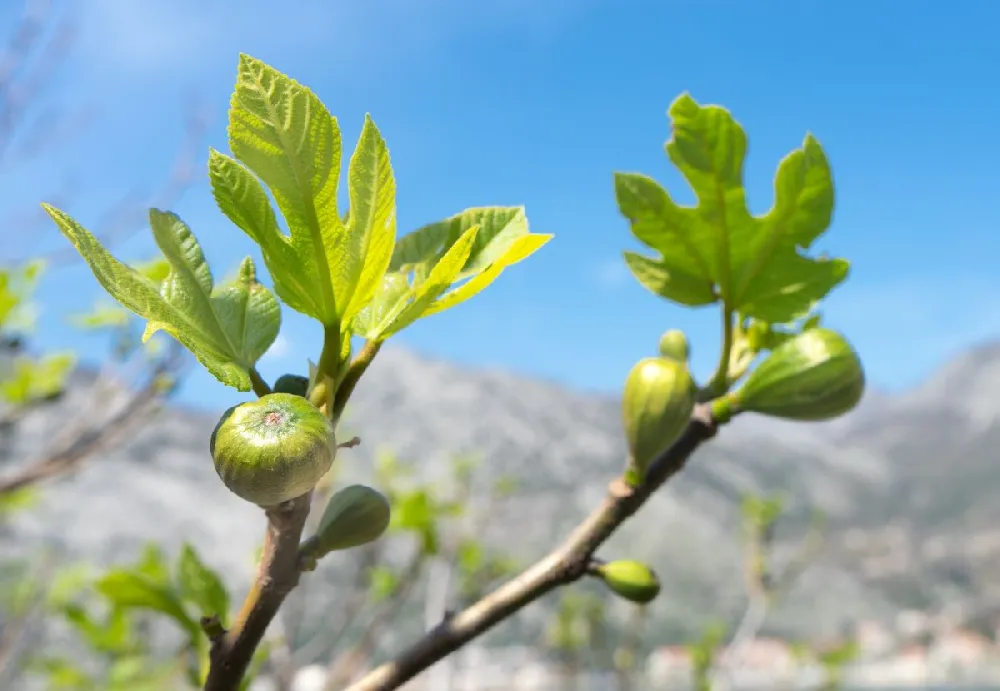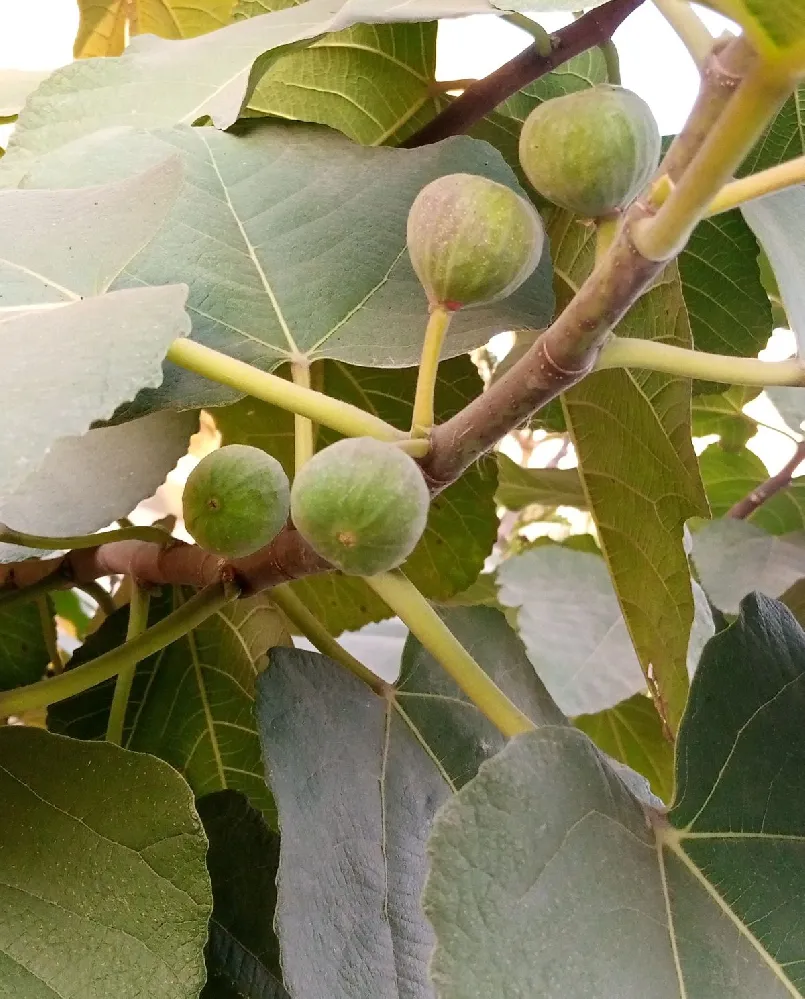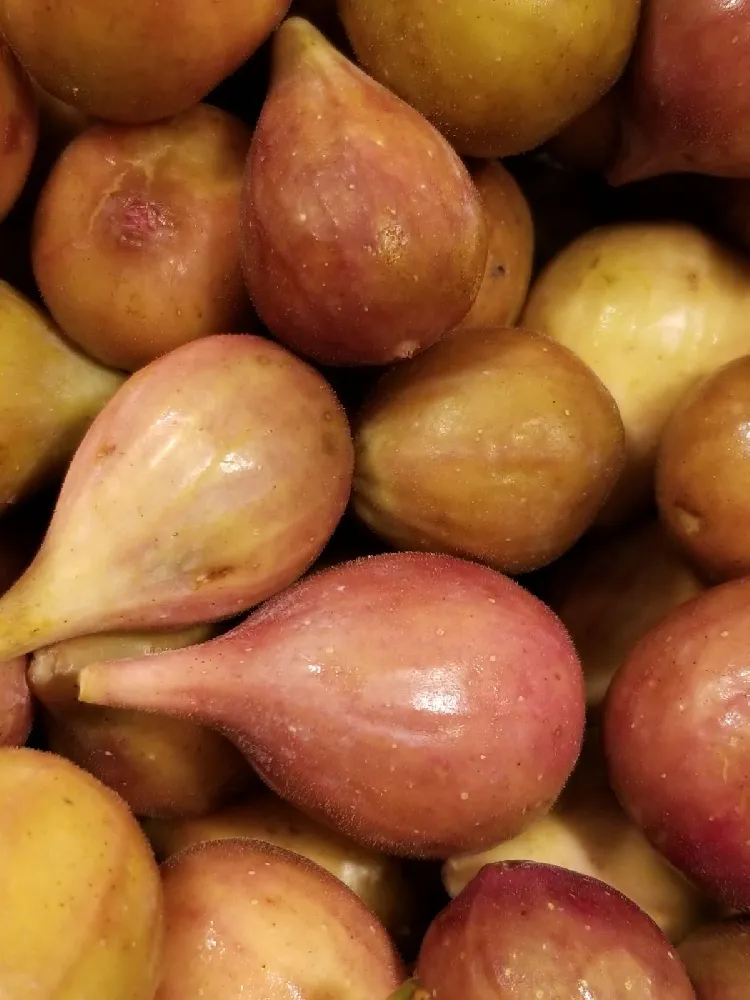- Home >
- Fig Trees >
- Chicago Hardy Fig Tree
Chicago Hardy Fig Tree for Sale - Buying & Growing Guide
- Ships in 1-2 days
- 1-Year Warranty Eligible
- Pots or accessories are not included unless specified in the product options.
Shipping Details:
Once your order is shipped, you’ll receive an email with a tracking number and estimated delivery date. Most orders ship immediately, but some items are seasonal and may only ship in spring or fall. These products are noted on the website.
We tend to think of fig trees as being semi-tropical plants, but the Chicago Hardy fig tree, Ficus carica 'Chicago Hardy,' as the name suggests, puts the lie to that idea. You can indeed grow it in cold and windy Chicago, as well as coastal New England, and as far north as the Canadian border on the West Coast. This tough little tree can handle temperatures down to -10 degrees Fahrenheit, and it will still produce a bumper crop of fruit even at the northern end of its range. If you can't grow this tree outside due to your winter weather conditions, you'll be pleased to know that it makes an excellent container plant, where you can enjoy its handsome lobed leaves and pleasing form in a living room or den. Here are a few more reasons to love the Chicago Hardy fig tree:
- It self-pollinates, so you should get a crop even if you only have one tree.
- The Chicago Hardy fig tree may provide fruit within a year or two of planting.
- A mature tree can yield as much as 100 pints of figs each year.
Plant Care
Sunlight

This tree can handle some shade, but it does best with at least six to eight hours of direct sunlight a day.
Watering
Mature trees should be watered when the soil 2 inches below the surface is dry, or during very hot or dry weather.
Fertilizing

Give your fig tree a light feeding of a slow-release, balanced formula, such as a 10-10-10 formula in the spring.
Planting and Care
Planting instructions
Site your Chicago Hardy fig tree in a spot that gets at least six hours of sun a day, in soil that drains well. Since the tree can reach 30 feet in height, it’s best to site it away from any overhead utility wires or cables. Unpot your sapling, teasing out any encircling roots, which can girdle the tree and slowly kill it. Dig a hole that’s as deep as the root ball and two to three times as wide. Place the sapling in the hole, spreading out the roots. Fill in around the roots with topsoil, tamping down as you go to eliminate air pockets. Water thoroughly. Apply a 2- to 3-inch layer of organic mulch, such as bark chips, around the tree to hinder weed growth and conserve moisture, but keep it from touching the trunk to avoid problems with rot.
Watering and nutrients
When newly planted, water your fig tree a few times a week until you see signs of robust new growth on the branches. Then cut back to once a week for the rest of the first year. A mature tree doesn’t need supplemental watering unless you’re experiencing very hot or dry conditions. Fig trees are not heavy feeders and don’t require regular fertilizing. If you wish, however, you can feed it lightly with a balanced, slow-release product formulated for fruit trees in the early spring.
Pollination
Fig trees don’t have visible flowers. Instead, a fleshy inflorescence grows on the tree with the flowers inside. Small wasps are the primary agents of pollination, laying their eggs inside the growing fruit before emerging to continue their life cycle. The trees are monoecious, meaning that a single tree has both male and female reproductive organs. You should be able to harvest fruit if you have just one tree, but your tree’s productivity will increase if there’s another tree nearby.
Pruning
Unlike some fruit trees, figs don’t need heavy annual pruning. Trim out broken, diseased, or dead branches whenever you see them and remove any suckers that form around the base of the trunk. If you wish to encourage fruiting, prune back the main branches by about one-quarter of their length during the late winter. You may also get a larger harvest if you prune out all but about five or six primary branches, which become the fruit-bearing branches. This also allows air and light to circulate to the center of the tree’s canopy, helping to keep it healthy.
Pests, diseases, and animals
The Chicago Hardy fig tree is both disease- and pest-resistant. Rarely, you might see insect pests such as aphids, mealybugs, or spider mites. A healthy tree should be able to fend off infestations on its own. Diseases that may occur in figs include rust and blight. These are both fungal in nature. To help avoid fungal problems, avoid wetting the leaves of your fig when you water it and keep the area around the base of the tree free of leaf debris.
Harvesting
Your figs are ready to harvest when they turn purple-brown in color and pull easily from the tree. Try not to handle the fruit any more than is necessary, as they can bruise easily. Leave some of the stem attached to the fig — this helps retard spoilage. If you are allergic to latex, wear gloves and long sleeves when harvesting figs, as their sap can cause an allergic reaction. Figs should be stored in a cool spot and used or frozen as quickly as possible.
Achieving maximum results
When grown outdoors, a mature fig tree can reach 25 to 30 feet in height, but these hardy trees can adapt easily to being grown in a container, where they will be limited to a height of about 6 to 7 feet, depending on the size of the container they are in. Choose a container that’s roughly twice the size of the root ball with good drainage holes in the bottom. Use a good-quality planting mix, and be sure to spread out the roots as much as you can when planting. Container-grown plants often need more supplemental watering and feeding than those grown in the ground, so monitor the soil carefully for dryness. If you live north of the fig’s normal growing region, bring it indoors when temperatures drop.
FAQs
Can these figs be eaten fresh?
Are fig trees messy?
As a deciduous tree, they do shed their leaves in fall, but these are no more messy than any other tree. Fruit left on the tree for too long, however, may fall to the ground and make mowing difficult, so it's a good idea to do a weekly cleanup of the ground when you're nearing the end of the harvest season.
Are figs toxic?
While figs are perfectly safe for humans to eat, the plants and their fruit can be toxic to cats, dogs, and horses. The trees contain a sap-like substance called ficin which is toxic to animals when they eat fruit, leaves, or branches from the fig tree. They may also experience symptoms of toxicity if it comes into contact with their eyes or nose — so your best bet is to keep your fig tree away from your companion animals.
Compare Similar Products
You can't add more Product Name - Product size to the cart.
OK